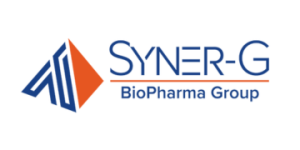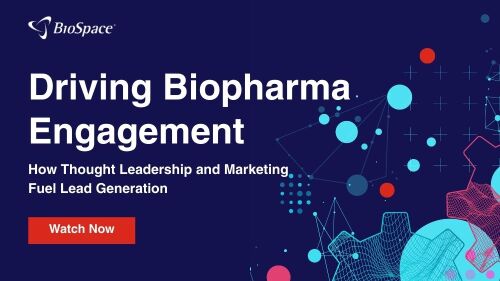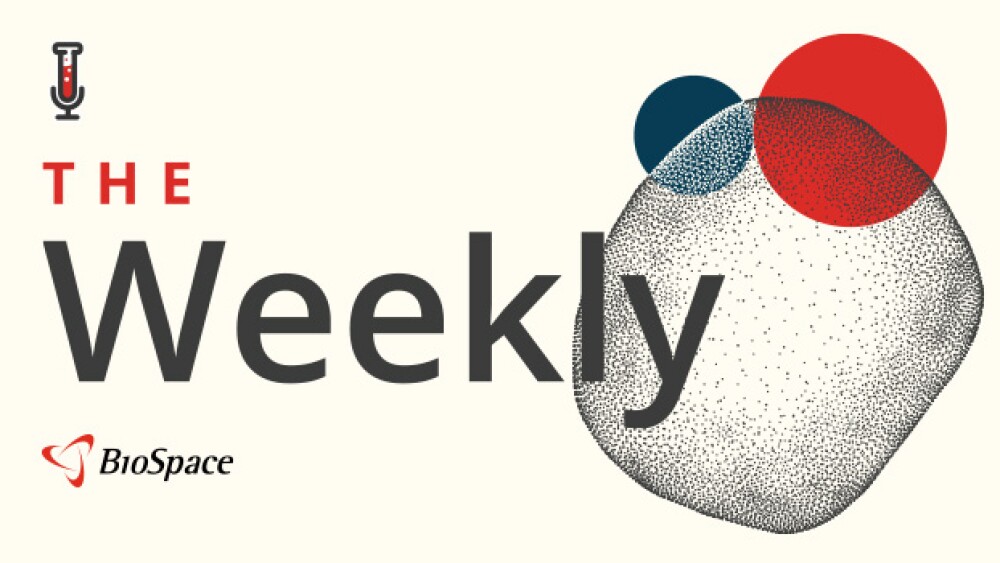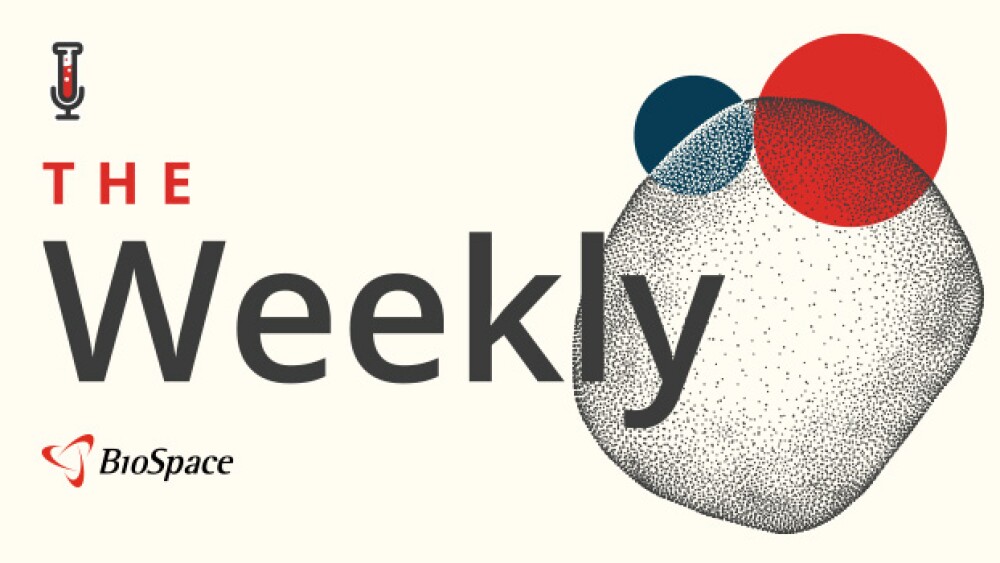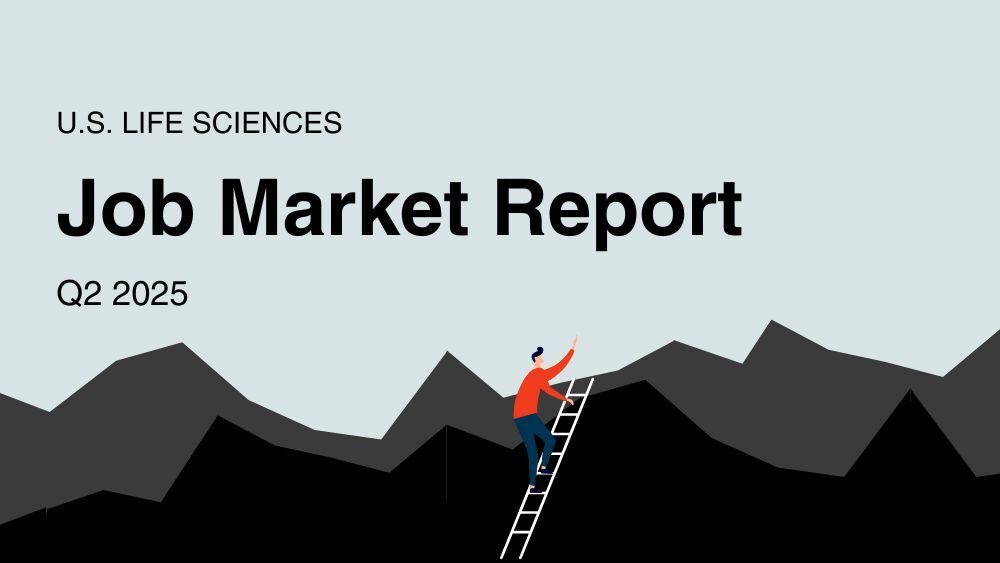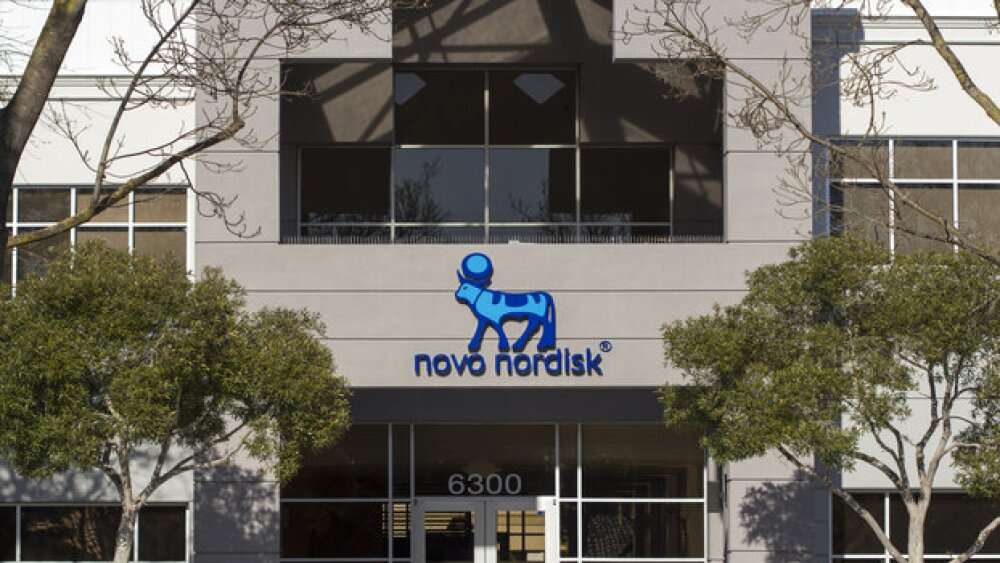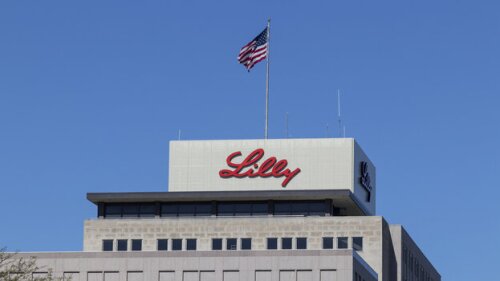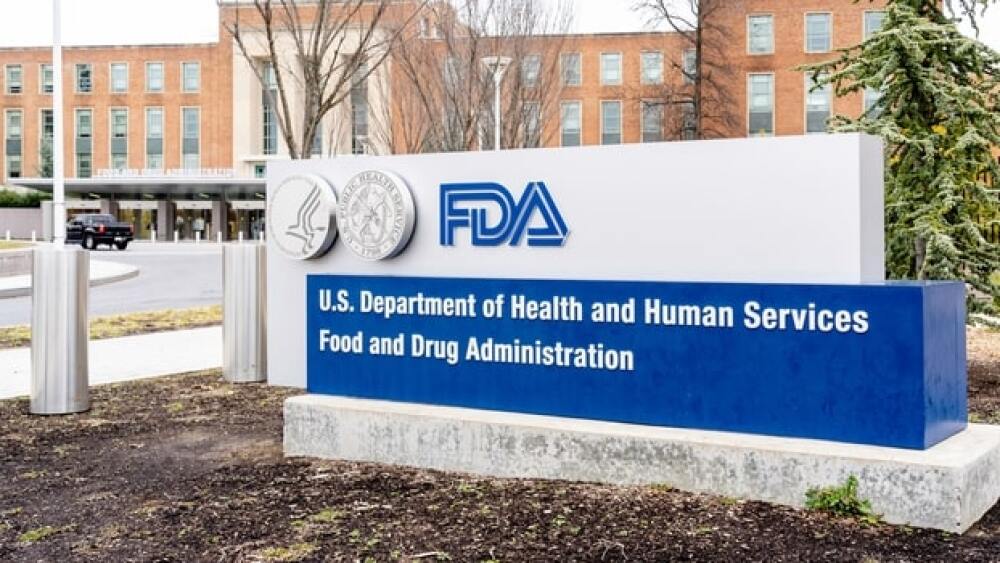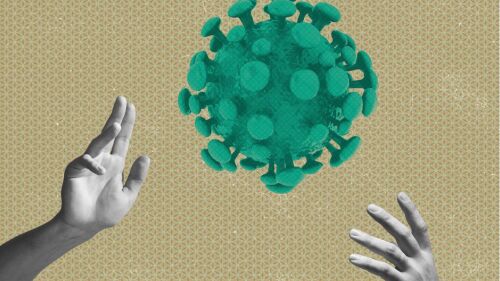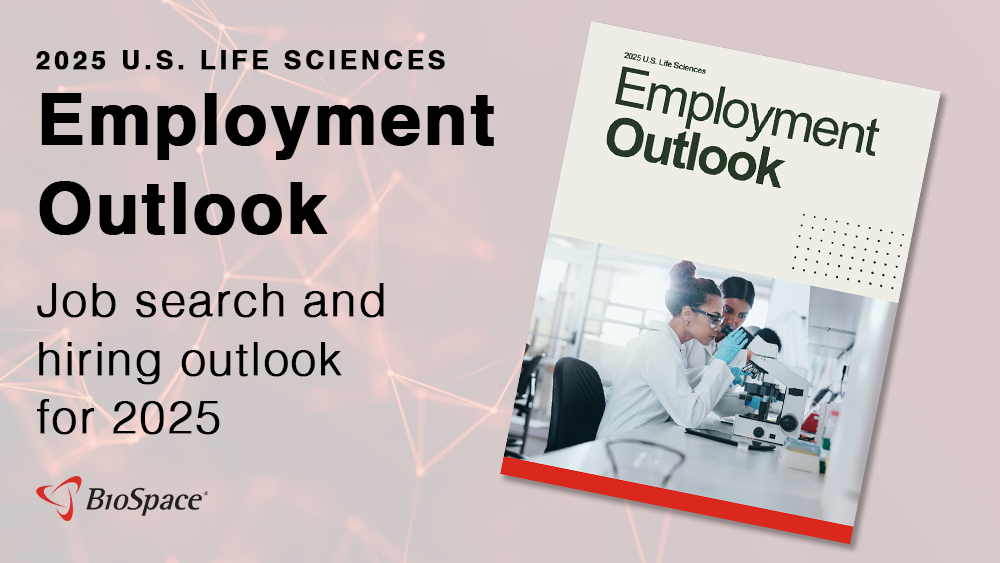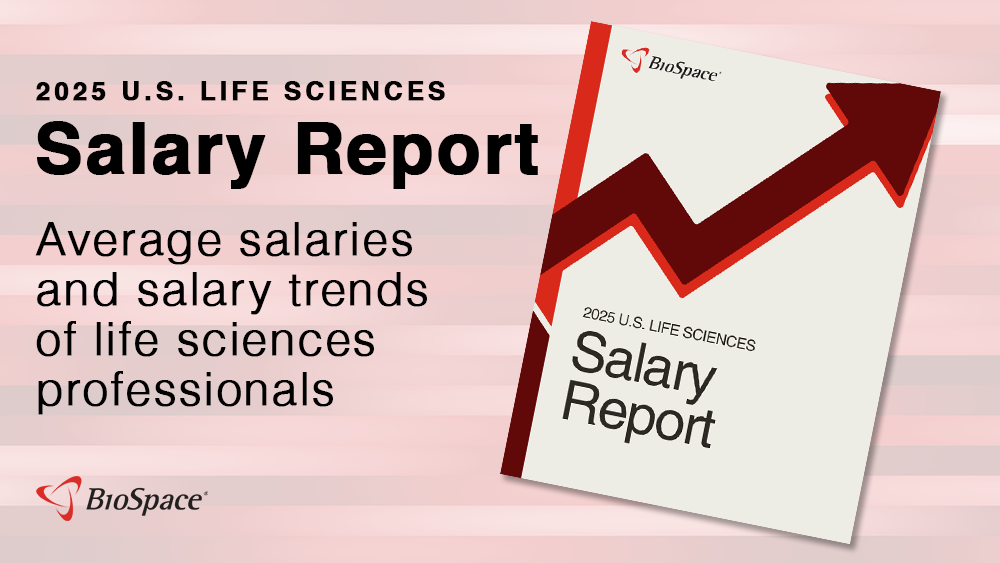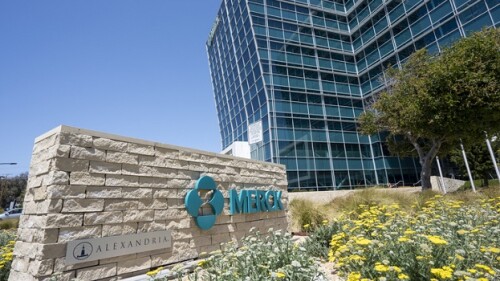In its first commercial quarter for ATTR-cardiomyopathy, Alnylam’s Amvuttra reached roughly 1,400 patients and made more than $490 million.
Merck has characterized its cost-cutting initiative as more of a reallocation of resources to support other, higher-growth areas of its business.
In 17 identical letters posted to his Truth Social account, the president said companies must lower their prices or the government ‘will deploy every tool in our arsenal to protect American families from continued drug pricing practices.’
The FDA greenlit multiple new drugs this month and issued some notable label expansions, including for Eli Lilly’s Kisunla. Meanwhile, the regulator turned away a cell therapy for Duchenne muscular dystrophy and a gene therapy for the rare disease Sanfilippo syndrome.
Bristol Myers Squibb tested Cobenfy as an adjunctive treatment with atypical antipsychotics for schizophrenia in the Phase III ARISE study, which earlier this year failed to demonstrate significant symptom improvement.
For now, Sanofi’s U.S. inventory is insulating the company from a potential 15% tariff on drugs shipped from the EU.
FEATURED STORIES
Price-negotiation provisions that are out of step with reality are discouraging funders and Big Pharma partners from investing in potentially transformative therapies. Fixing some of the unintended consequences of the IRA will clear the way for innovative medicines to reach patients in need.
Non-opioid pain therapies are entering an unprecedented era, marked by the landmark FDA approval of Vertex’s Journavx and a growing number of alternative approaches. Their ultimate uptake, however, remains to be seen.
With the modality now in early clinical trials, experts say more efficiency, broader editing capabilities and delivery breakthroughs are needed to propel RNA editing to the next stage.
Morale is low at the FDA, which was hit with layoffs this week following RFK Jr.’s confirmation. Biopharma leaders and agency insiders fear further workforce cuts could delay new medicines.
2023 marked the most bankruptcies in biopharma in more than a decade, with 14 companies filing for Chapter 11 protection. The number remained high in 2024.
A cautionary tale illustrates how forging a deal with a Big Pharma can have unexpected and far-reaching tax consequences.
LATEST PODCASTS
Two CRLs from the FDA last week cited concerns with third-party manufacturers, while Indian CDMOs may make a bid for U.S. business if there is a decoupling from Chinese companies under the BIOSECURE Act.
This week on Denatured, Head of Insights Lori Ellis and guests discuss the implications of not addressing the DE&I data gaps for the future.
This week, we discuss the expanded approval of Sarepta’s Duchenne muscular dystrophy gene therapy Elevidys, Alnylam’s high stakes ATTR-CM win and highlights from ADA.
Job Trends
Merck, known as MSD outside of the United States and Canada, announced that the Phase 3 KEYNOTE-522 trial evaluating KEYTRUDA, Merck’s anti-PD-1 therapy, met its overall survival endpoint, in combination with chemotherapy as pre-operative treatment and then continuing as a single agent after surgery for the treatment of patients with high-risk early-stage triple-negative breast cancer.
Subscribe to Genepool
Subscribe to BioSpace’s flagship publication including top headlines, special editions and life sciences’ most important breaking news
SPECIAL EDITIONS
In this deep dive, BioSpace explores the next big thing in obesity.
BioSpace did a deep dive into biopharma female executives who navigated difficult markets to lead their companies to high-value exits.
BioSpace data show biopharma professionals faced increased competition for fewer employment opportunities during the second quarter of 2025, with increased pressure from further layoffs.
DEALS
-
A report from J.P. Morgan shows an increase in biopharma activity so far this year and where some improvement can be made.
-
Sangamo and Pfizer’s hemophilia A gene therapy candidate scored a Phase III victory last week. However, with the genomic medicine company soon to run out of cash, Sangamo’s short-term prospects look bleak but not unsalvageable, analysts say.
-
Under the deal announced Monday with the California biotech, German pharma Boehringer Ingelheim is gaining access to novel immune checkpoint inhibitors designed to activate the immune system to fight cancer cells.
-
A longtime biopharma exec and Moderna shareholder argues in an anonymous email to the companies’ CFOs that they have a fiduciary responsibility to close the deal. Analysts say the proposal is interesting but “too simplistic.”
-
While supportive of Amylyx’s acquisition of a GLP-1 drug, analysts say the company’s future hinges on key upcoming readouts from multiple products in its pipeline.
WEIGHT LOSS
-
In recent months Novo Nordisk has invested several billions of dollars to boost its manufacturing capacity—including its highly contested $16.5 billion merger with CDMO giant Catalent.
-
The Danish startup, whose lead candidate has parallels to Amgen’s MariTide, launches on the heels of Amgen’s Phase II data release for the drug last week.
-
SURMOUNT-5’s results reflect those of multiple real-world studies, which have found that tirzepatide treatment results in stronger weight loss than semaglutide.
-
Amylin analogs present a strong alternative or complement to GLP-1 receptor agonists, potentially eliciting higher-quality weight loss with a cleaner tolerability profile.
-
With Amgen’s MariTide results at the lower end of investors’ expectation of 20% to 25% weight loss, the much-anticipated readout sent the company’s shares tumbling.
POLICY
-
Industry representatives will still be allowed at these meetings, but they will no longer have a spot on the advisory committee.
-
Like they say about the weather in Iceland, if you don’t like an action taken by the new administration, wait five minutes; it’ll probably change. The markets, it seems, don’t react kindly to that kind of policymaking.
-
The Health and Human Services Secretary said that he will find and eliminate the cause of autism by September, an idea that suggests how little he knows about the condition.
-
GeoVax was using its HHS contract to develop its next-generation multi-antigen COVID-19 vaccine, which is in Phase IIb development.
-
Despite these cuts, the FDA should be able to stay above a “trigger” level that would prevent it from collecting fees from the pharma industry and deprive it of approximately half of its annual funding, according to The Washington Post.
Just because everyone around you seems to be switching to a work-from-home position does not mean it is the right decision for you. It’s important to weigh the options carefully before you decide.
Finding the most cost-effective school for your undergraduate pharmaceutical degree can allow you to start working in the field without incurring astronomical student debt.
Peer review is integral to the scientific process, and one group plays a bigger role than you might think: Scientific Review Officers.
Take a look at which states pay the highest and lowest salaries for pharmacists and how that pay compares to the cost of living.
From research to sales and marketing, the pharma industry has a wide range of employment opportunities to accommodate those looking for a chance to work in the field.
A life science degree can provide various academic and professional opportunities to you. Here’s an overview of what you can do with a life science degree.
HOTBEDS
REPORTS
In this Employment Outlook report, BioSpace explores current workforce sentiment, job activity trends and the prospective job and hiring outlook for 2025, particularly as it compares to the previous year.
BioSpace’s third report on diversity, equity, inclusion and belonging in life sciences examines dramatic shifts in attitude around diversity initiatives.
CANCER
-
The move is part of a strategic restructuring aimed at getting azenosertib to the market for patients with gynecological malignancies.
-
Enhertu’s label expansion comes on the heels of the FDA’s approval of the partners’ Datroway for a related type of breast cancer.
-
Bristol Myers Squibb’s Opdivo plus Yervoy, as well as Pfizer’s Braftovi, have each shown strong Phase III performances that could position them as new standards of care in certain subtypes of metastatic colorectal cancer.
-
The Japanese pharma had one asset rejected by the FDA and withdrew a regulatory application for another, but already this month the company has secured an approval for AstraZeneca-partnered Dato-DXd, to be marketed as Datroway.
-
The unsuccessful Phase III results are the latest to suggest that the blockbuster cancer drug is finally bumping up against its limits after racking up around 50 approvals since getting its first FDA nod in September 2014.
NEUROSCIENCE
-
The Muna partnership will give GSK access to Muna’s MiND-MAP platform, which it will apply to postmortem brain samples to identify potential therapeutic targets for Alzheimer’s disease.
-
Novartis, Gilead, Roche and Takeda commit to new partners in a spate of mid-sized collaborations this week. Meanwhile, Applied Therapeutics’ stock tanks 80% after govorestat is denied approval, Intra-Cellular Therapies seeks to expand Caplyta into major depressive disorder and the FDA investigates the safety of bluebird bio’s Skysona.
-
Intra-Cellular submitted its application to the FDA for Caplyta’s approval in major depressive disorder, potentially opening up an additional $1 billion in sales. Still, the stock remains “cheap,” according to Jefferies analysts.
-
Monday’s agreement comes days after PTC discontinued the development of another asset, utreloxastat, due to disappointing Phase II data in amyotrophic lateral sclerosis.
-
Despite hotly debated biomarkers and failed or delayed confirmatory trials, the accelerated approval program has a track record of propelling R&D for some of medicine’s most challenging illnesses.
CELL AND GENE THERAPY
-
The biotech beat Wall Street’s third-quarter revenue forecast by 6%, driven by increased uptake of its achondroplasia drug Voxzogo. However, William Blair downgraded BioMarin’s shares to market perform due to a “lack of near-term catalysts” and uncertainty around Voxzogo’s potential revenue growth.
-
With Sarepta’s gene therapy Elevidys now available to a majority of Duchenne muscular dystrophy patients, experts express cautious optimism while emphasizing the need for further data.
-
With an upfront payment of $50 million from Roche, the partnership will leverage Dyno Therapeutics’ in vivo gene therapy delivery technology, which synthesizes virus capsids with better functionality and manufacturability.
-
While ex vivo genome editing results in highly effective cell therapies, it can lead to off-target effects. Caribou Biosciences has come up with a novel approach for potentially more precise gene editing compared to all-RNA guides.
-
The pediatric patients, with a rare neurodegenerative disease, were treated with bluebird bio’s Skysona to slow the progression of neurologic dysfunction. Six patients developed myelodysplastic syndrome and one patient developed acute myeloid leukemia.





















































